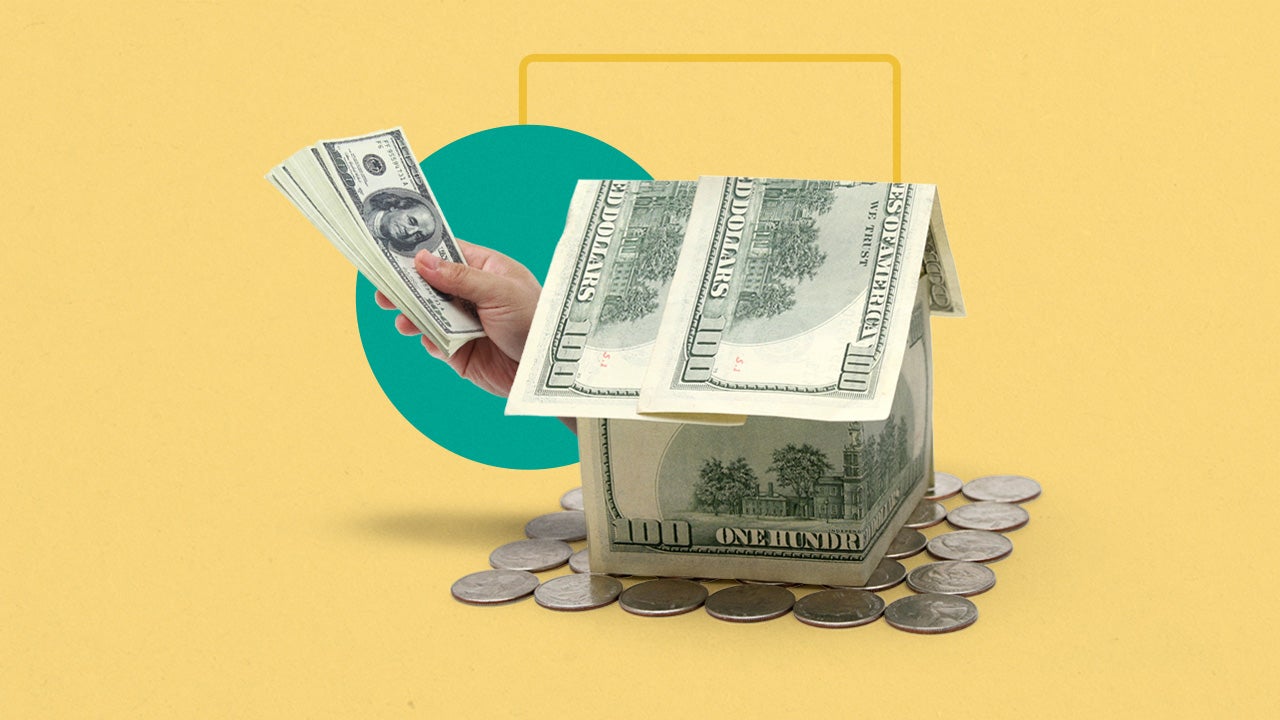Welcome to the friendly neighborhood guide on refinancing your mortgage! Whether you’re a seasoned homeowner or new to the block, understanding when to refinance your mortgage can save you a hefty sum and pave the way to financial well-being. Let’s dive into the basics, figure out the best timing, and unravel the financial considerations to help you make an informed decision.
Refinancing your mortgage can feel like hitting the reset button on your financial plans, offering a breath of fresh air to your budget. It’s ideal for snagging a lower interest rate, cashing out on home equity, or switching to a different loan type. The right timing, however, hinges on the market’s pulse – you’d want to catch it when interest rates dip below your current loan’s rate. But, it’s not just about rates; pondering why you’re refinancing and how market conditions affect your decision is crucial. Whether it’s to reduce monthly payments, modify your loan term, or leverage home equity, understanding your objectives can illuminate whether it’s your time to refinance.

- Exploring the possibilities: A guide to refinancing your mortgage. Source: myhome.freddiemac.com
Timing is everything when it comes to refinancing. The rule of thumb is to make your move when market rates have dropped enough to make a noticeable difference in your monthly payments – but how do you know when it’s enough? Comparing the current market trends against your loan’s rate offers a starting point. Yet, it’s the break-even calculation that brings clarity. This formula helps you understand when the costs associated with refinancing are outweighed by the savings. Consider factors like how long you plan to stay in your home and the potential to decrease your interest payments over time. If the numbers add up in your favor, it might just be the right time to make your move.

- Deciphering the best time to refinance your mortgage with expert insights. Source: David McMillin – bankrate.com
Before you leap into the refinancing process, several considerations need your attention. Firstly, calculate your potential monthly savings post-tax, and weigh them against the costs involved in obtaining a new mortgage. Next, ponder how long you intend to stay in your home. If you’re planning a move before you can break even on the refinance costs, it might not be worth it. Additionally, the costs of refinancing can vary widely, making it essential to shop around. Lender fees, appraisal costs, and possible penalties can eat into your savings, turning what seemed like a savvy financial move into a costly endeavor.

- Navigating the financials: Understanding refinance closing costs. Source: David McMillin – bankrate.com
Deciding to refinance your mortgage is no small feat. It requires a careful evaluation of your current financial situation, potential savings, and long-term goals. While lowering your interest rate or reducing your loan term can be tempting, understanding when not to refinance is equally important. For instance, if you’re planning on moving soon or your current loan is nearing its pay-off, refinancing might not make financial sense. By examining examples of when refinancing has led to substantial savings, you can better assess how similar scenarios apply to your situation. Always factor in the closing costs, your break-even point, and total interest saved over the loan’s life before making a decision.
In conclusion, embarking on the refinancing path offers a promising avenue to align your mortgage with your current financial goals. Whether you aim to reduce your interest rate, adjust your loan term, or tap into your home equity, the trick lies in timing your move right and weighing the costs against the benefits. Armed with these insights, you’re better positioned to decide when refinancing your mortgage is not just a viable option but a financially rewarding one. Happy refinancing!





